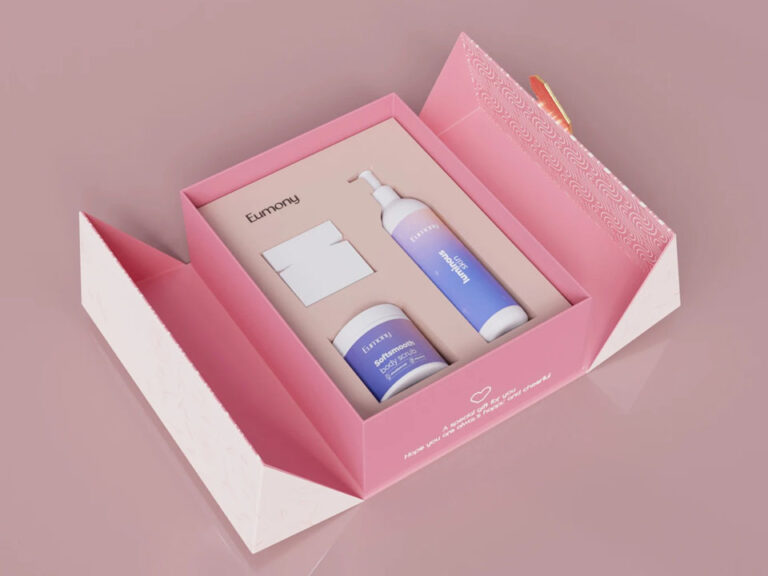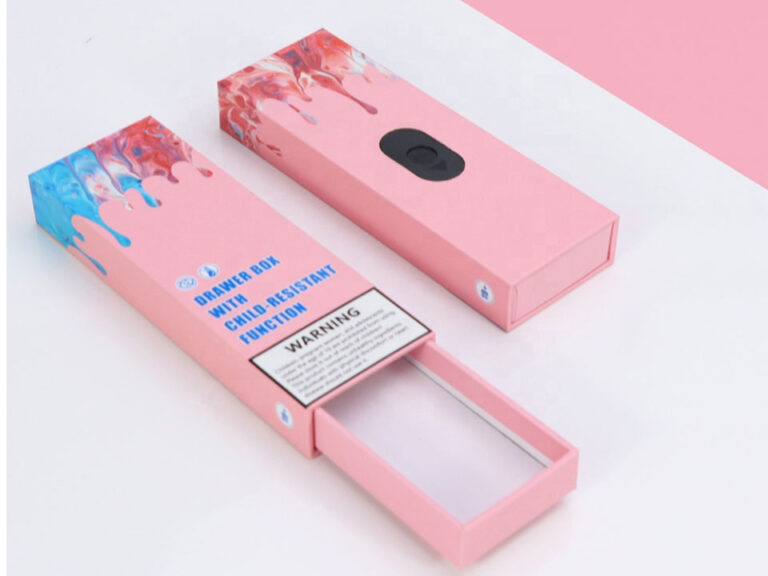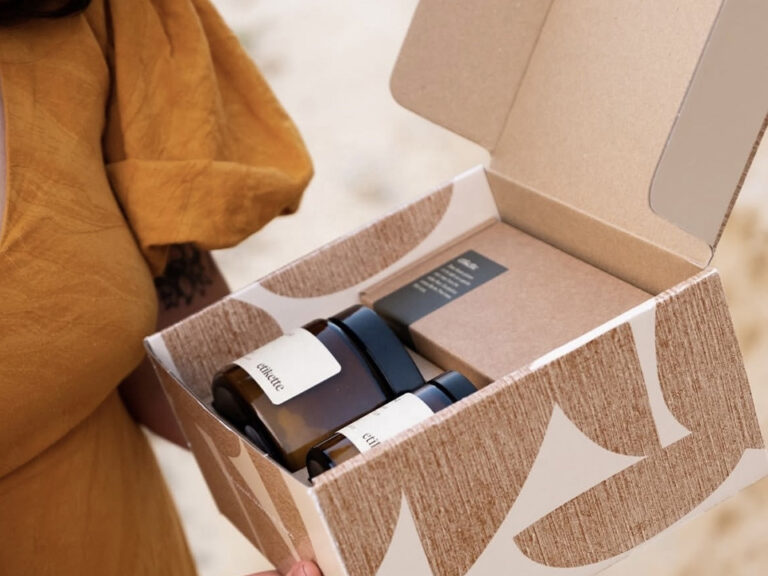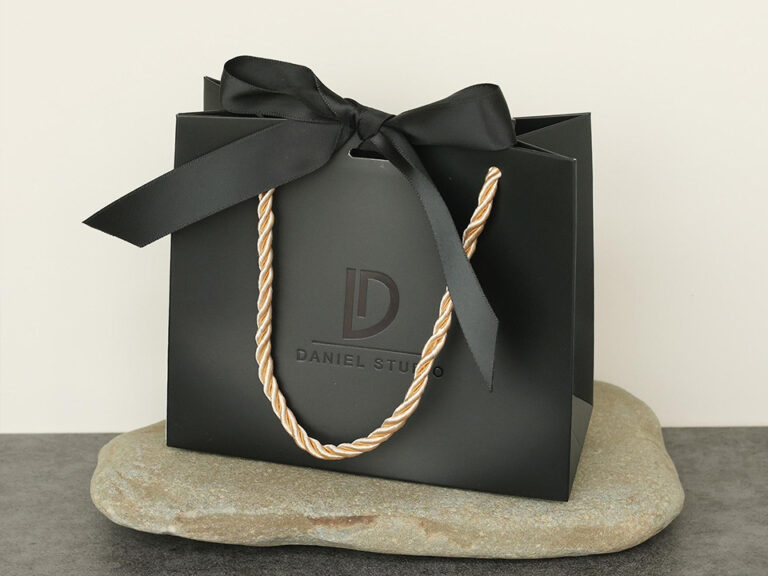Tendenza di sviluppo dell'industria cinese della carta per imballaggi alimentari nel 2025
I’m the quiet sheet that stands between your snack and the world. In 2025, across China, I’m shedding old coatings, learning smarter barriers, and teaming up with data and design to keep food safe, clean, and well-branded. Here’s how the whole system is moving—and what that means for brands, converters, and buyers.
Indice dei contenuti
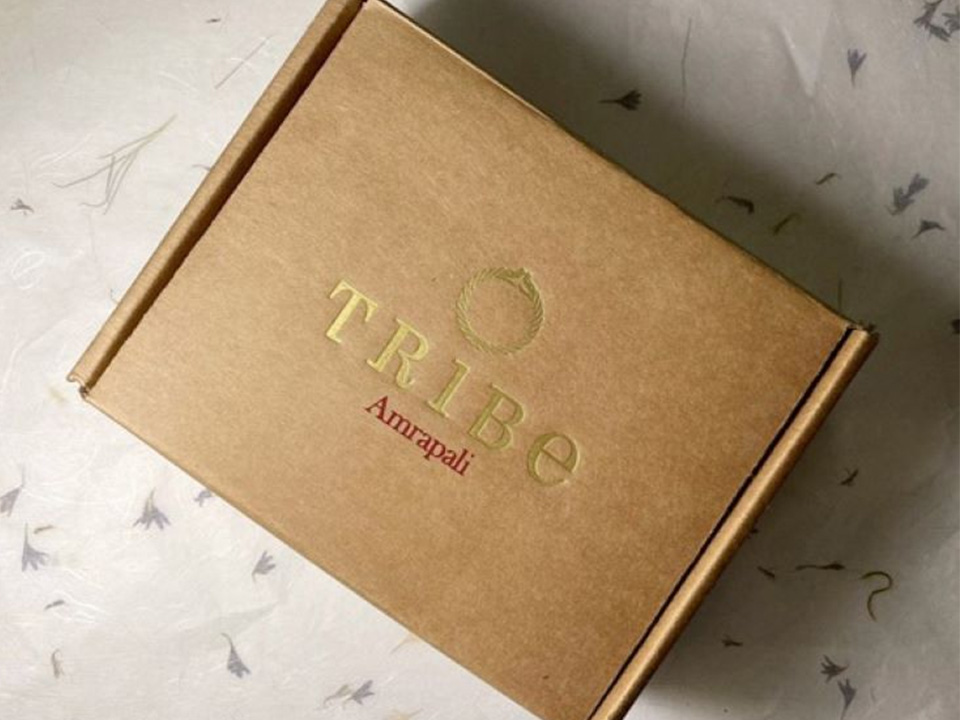
Analysis of the food packaging paper industry chain
1. Upstream: Raw materials and equipment supply
Pulp streams are more diversified, blending wood fiber, bamboo, and high-quality recycled content to stabilize supply. Coating and converting equipment is being tuned for aqueous, PFAS-free barriers, tighter migration control, and cleaner auxiliaries. Ink, adhesive, and additive suppliers are aligning with food-contact safety requirements while maintaining print fidelity and grease and moisture lock-down. The result: more compliant inputs, less chemistry risk, and better audit trails from mill to line.
2. Midstream: Manufacturing and technological innovation
Converters are scaling multi-layer water-based systems, dispersion coatings, and bio-waxes to replace legacy fluorinated chemistries. Lines built for plastics are being re-balanced toward fiber formats without sacrificing run speed or seal integrity. Rigid presentations for premium foods sit alongside leaner, recyclable structures for everyday SKUs. If you need live benchmarks of structure and form, explore the product families on the products hub and food-friendly formats such as eco-friendly paper tube food packaging, cookie packaging boxes, tea packaging boxes, round tube candy packs, recyclable snack corrugated cartons, and coffee bean paper tube cans for aroma protection and degassing.
- products: prodotti
- eco-friendly paper tube food packaging: imballaggio alimentare in tubo di carta ecologico
- cookie packaging box: scatola di imballaggio per biscotti in cartone alimentare personalizzata con logo
- tea packaging box: luxury textured paper tea packaging box with satin holder
- round tube candy pack: custom printed round paper tube box for candy packaging
- snack corrugated carton: scatole di cartone ondulato per snack stampate su misura e riciclabili
- coffee bean tube can: matte black 250g coffee bean paper tube can with air valve
3. Downstream: Diversified application scenarios
Adoption is broad: bakery wraps with grease resistance, confectionery gift sets with premium rigid papers, tea tubes that protect aroma, snack sleeves for quick commerce, and foodservice packs that balance barrier performance with recyclability. Retailers want shelf impact without plastic penalties. Foodservice wants heat, grease, and condensation control plus fast branding. E-commerce demands crush strength and easy returns. Paper, board, and tube formats hit these notes while staying aligned with recycling streams and evolving local guidance. Start at the homepage to navigate categories and contact teams for spec matching.
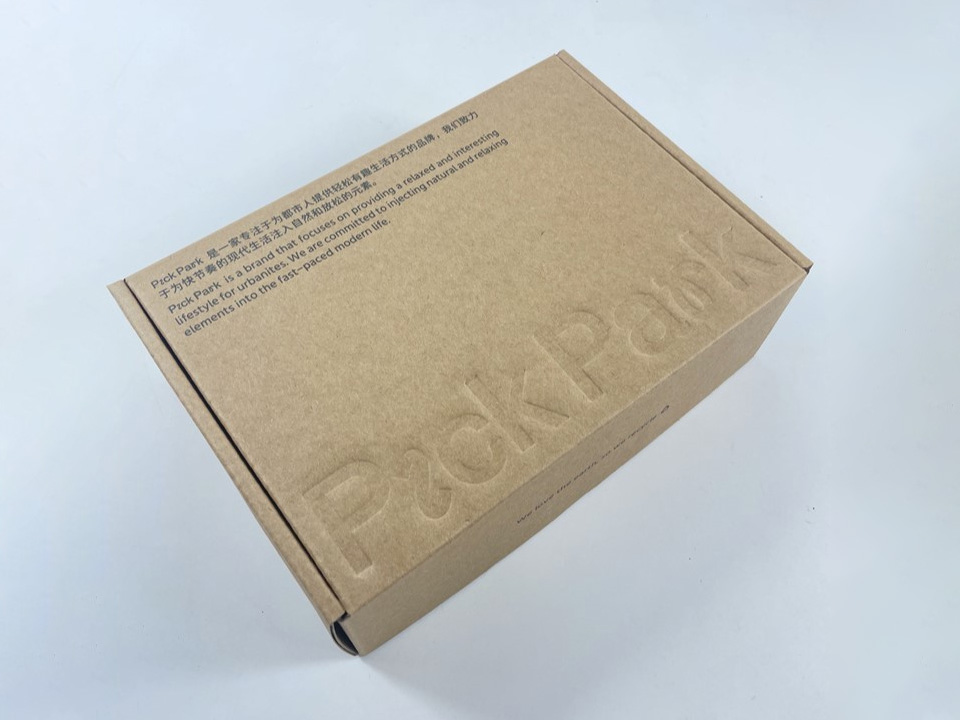
Industry market status: scale expansion and policy drive
1. Market size and growth
Paper packaging keeps expanding as brands move SKUs from certain plastics to fiber to meet environmental commitments and retailer rules. Corrugated for secondary and ship-in-own-container flows is steady. Folding cartons and paper tubes grow on the back of premium gifting, healthier snacking, specialty tea and coffee, and seasonal sets. The most resilient suppliers pair volume capacity with quality systems and short lead times.
2. Technological innovation and environmental transformation
The environmental pivot is now operational. Plants are validating PFAS-free barriers, low-migration inks, and water-based adhesives against stricter food-contact expectations. Source reduction trims over-engineering, while recyclability and repulpability checks move upstream into design. Documentation—declarations, test methods, traceability—shifts from an afterthought to a core deliverable. This makes compliance a selling point and speeds onboarding with brand QA teams.
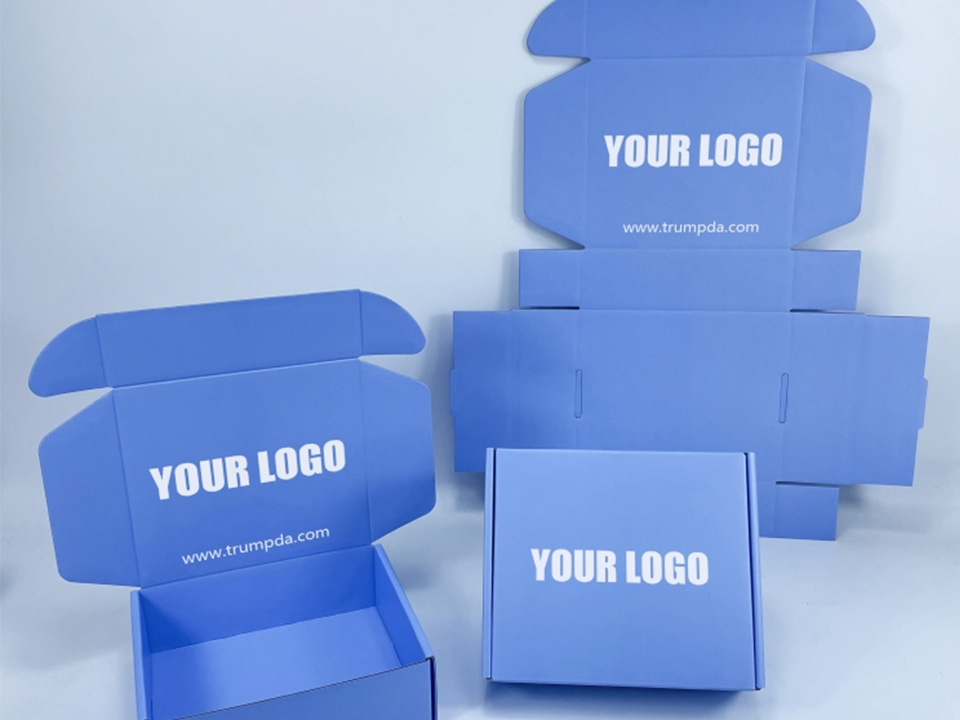
Competitive landscape: leading companies and small and medium-sized enterprises break through
1. Market concentration increases
Large integrated players strengthen share through pulp access, energy efficiency, automated QC, and national account coverage. Their advantage lies in consistent fiber specs, stable barrier recipes, and logistics networks that keep multi-plant programs on time. They also standardize audit and compliance packs, lowering friction for brand procurement and technical teams.
2. Differentiation strategy of small and medium-sized enterprises
SMEs compete with speed, specialization, and design agility. The sweet spot: niche barriers for specific foods, boutique prints and textures, quick pilots for seasonal lines, and turnkey sets that bundle tubes, cartons, and bags. Winning SMEs publish clear guidance on recyclability, deliver clean test data, and co-develop structures that survive real-world distribution without overcoating or overlaminating.

Future trends: greening, intelligence and globalization
1. Green and sustainable development
Expect continued momentum in PFAS-free barriers, stronger repulpability, and reduced plastic lamination. More SKUs will adopt mono-material paper solutions with engineered coatings instead of films where conditions allow. Carbon disclosure inches from marketing talking point to routine buyer checklist, nudging mills and converters to optimize energy and recovery systems.
2. Intelligence and functional innovation
Connected packaging grows up. Unique codes enable provenance, recall readiness, and loyalty loops. Functional papers add oil and moisture control without blocking recyclability. Antimicrobial and active functionalities remain targeted to categories where they add measurable value. For premium gifting, tactile papers and hybrid finishing lift perceived value while keeping contact surfaces food-safe.
3. Globalization and industry chain collaboration
Exporters design once and comply many times, harmonizing documentation to meet multiple regimes. Collaboration tightens across mills, chemical partners, converters, and brands to align barrier specs, migration limits, and end-of-life claims. The fastest movers standardize test playbooks and packaging data sheets so procurement can compare apples to apples.






